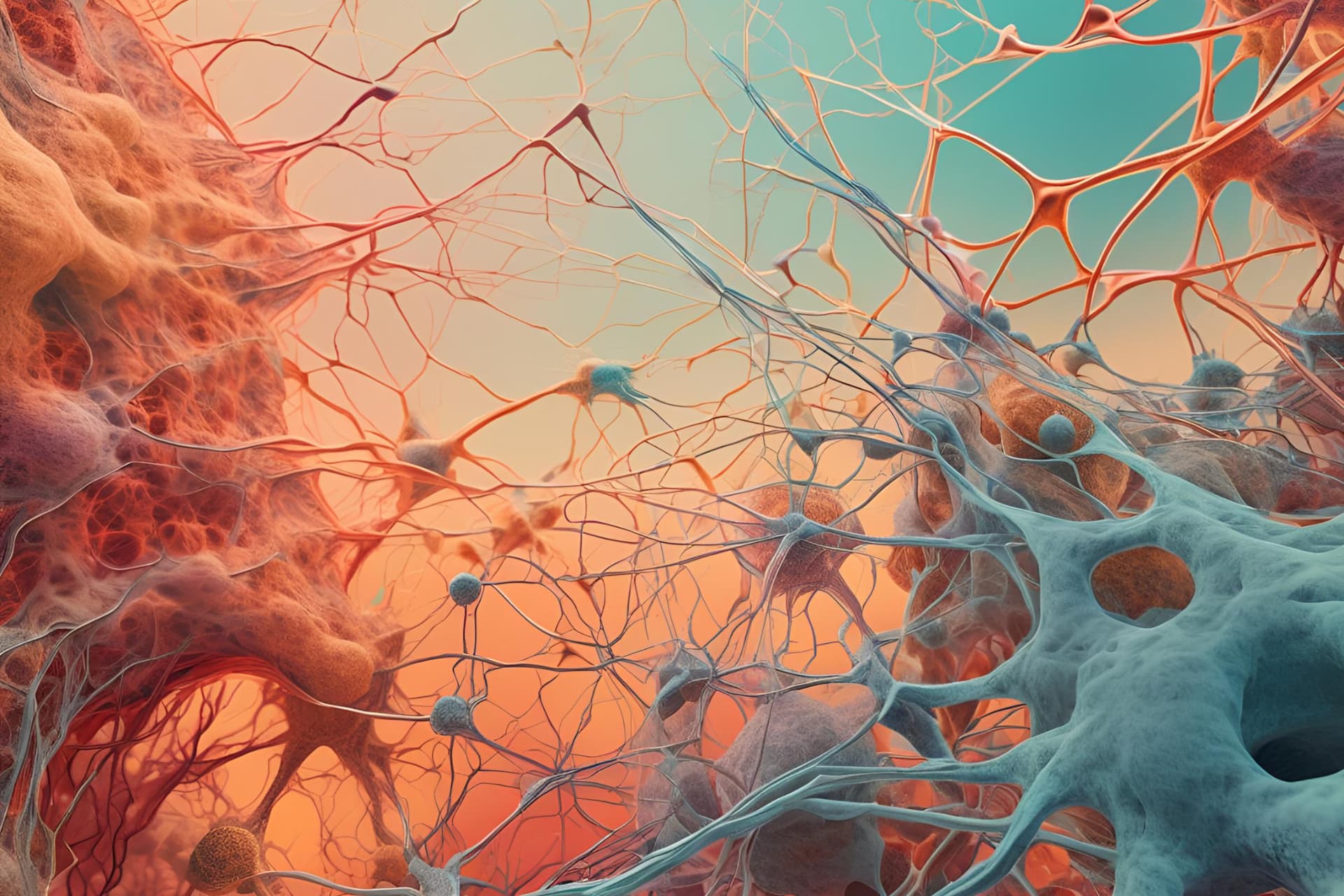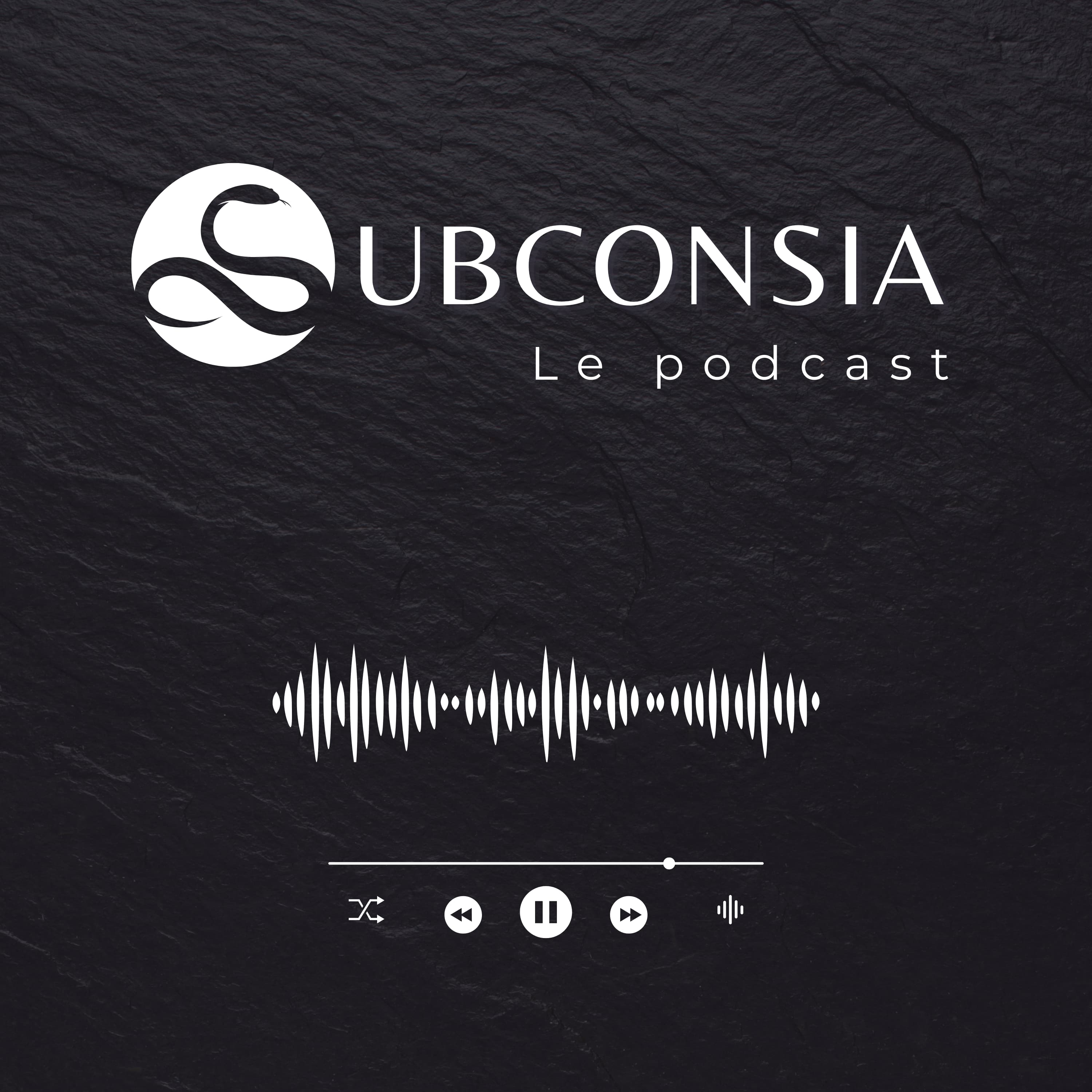Published May 20, 2025
In Metaphors of Memory: A History of Ideas about the Mind(1), historian Douwe Draaisma recalls Plato's striking intuition: the philosopher described memory as a wax tablet whose quality determined our ability to retain knowledge.
According to Plato, "When a person has a good memory, when their mental wax is deep, abundant, smooth and worked to the right consistency, it easily absorbs memories and preserves them for a long time."
This ancient metaphor, long considered mere poetic imagery, now finds surprising resonance in modern neuroscience. For we now know that the brain is not a passive surface, but a dynamic matter, constantly reshaped by our experiences.
Between ancient intuitions and 21st century discoveries, one truth persists: our memory, like our mind, can be cultivated. Let's explore how science has revealed the mechanisms of this fascinating plasticity and how we can, at any age, refine our "mental wax" to learn, grow, and push the limits of our potential.
A Radical Shift in Our Understanding of the Brain
For a long time, science believed the adult brain was fixed, incapable of transforming or regenerating. This idea dominated neuroscience for decades.
Yet as early as 1892, researcher Cajal, often considered the father of modern neuroscience, suggested a different view. While he observed that neurons don't multiply like other body cells, he believed intense mental activity could strengthen connections between neurons and even create new ones. According to him, regularly exercising the brain could develop nerve cell extensions and promote more elaborate brain circuits.(2)
Subsequent science confirmed these intuitions. We now know the human brain remains adaptable throughout life. Dr. Fred Gage from the Salk Institute marked a decisive turning point with his 1998 study published in Nature Medicine: he provided the first solid evidence that the human central nervous system continues to generate new cells in adulthood.(3)
This discovery ended an old myth: that of a fixed brain after adolescence. It opens new perspectives on our ability to learn, recover from injuries, and evolve our minds throughout our lives.
Neurobiological Mechanisms of Plasticity
Neuroplasticity manifests through several biological processes that, while distinct, work together to enable brain adaptation:
1. Synaptic Plasticity: Evolving Connections
In 2000, the Nobel Prize in Physiology or Medicine was awarded jointly to Arvid Carlsson, Paul Greengard and Eric Kandel for their major discoveries about signal transmission in the nervous system.(4) Their work profoundly transformed our understanding of the brain, particularly by revealing how connections between neurons (called synapses) can be modified by neuronal activity itself.
Eric Kandel in particular discovered an essential mechanism called synaptic plasticity. This means connections between neurons can become stronger or weaker depending on how they're used. In other words, the more we use a connection in our brain, the more efficient it becomes. Conversely, if we don't use it, it weakens. This phenomenon underlies learning and memory.
For example, when we repeat information multiple times, our brain strengthens the connections related to that information. It's like turning a small path into a major highway. If we stop using that information, the path shrinks back down or even disappears.
Kandel's research also showed this strengthening or weakening relies on precise chemical reactions in neurons. This includes:
- Activation of certain receptors on neurons (like NMDA receptors),
- Calcium entry into the cell,
- Then activation of genes that help produce new proteins to solidify the connection.
These changes can last a few hours, even several months. This is how our brain records memories and learns new things.(5)
Repetition and consistency are therefore the keys to positive change, something many athletes use daily.
2. Adult Neurogenesis: Cellular Renewal
Contrary to old dogma, we now know certain adult brain regions continue producing new neurons. A 2013 study published in Cell used carbon-14 dating to determine that the human hippocampus (crucial for memory) produces about 700 new neurons per day in young adults, a rate that gradually declines but persists into old age.(6)
"For a long time, we thought the human brain couldn't produce new neurons after birth," explains Dr. Jonas Frisén, professor at Karolinska Institutet and lead author of the study. "Our work provides the first evidence that neurogenesis in the human hippocampus continues significantly throughout life, suggesting these new neurons might play an important role in brain functions even in adulthood."(7)
So don't let anyone tell you you're too old to learn because science shows the opposite.
3. Cortical Reorganization: Function Redistribution
The human brain doesn't just produce new neurons: it also knows how to redistribute its resources. When a brain area is damaged or sensory habits change, the brain can reassign certain regions to new functions. This is called cortical reorganization.
A fascinating example comes from a 1996 publication. Dr. Alvaro Pascual-Leone and his team studied blind people reading braille and discovered their visual cortex (normally dedicated to sight) was activated during tactile reading. Against all expectations, their brain uses the area usually reserved for vision to process touch information.(8)
Even deprived of one sense, the brain doesn't give up: it adapts, compensates, invents. It shows it's never fixed, always capable of reinventing itself. And that's the true power of brain plasticity.
Practical Applications: How to Stimulate Brain Plasticity
Discoveries about neuroplasticity have concrete implications for daily life. Here's how we can promote the brain's natural adaptability:
1. The Fascinating Example of London Taxi Drivers
A famous 2000 study examined the brains of London taxi drivers, known for memorizing some 25,000 streets and thousands of points of interest to obtain their license. Researchers discovered these drivers had a significantly more developed posterior hippocampus than average.(9)
The more experience drivers had, the more developed their posterior hippocampus appeared, suggesting a link between intensive spatial memory training and the brain's very structure.
Subsequent research also suggested this area could shrink after retirement, showing the brain remains sensitive to how it's used, even in adulthood.
2. Effective Ways to Stimulate Brain Plasticity
Several approaches have shown effectiveness in promoting neuroplasticity:
• Learning New Skills
Learning to play a musical instrument, speaking a new language, or mastering an unknown sport creates new neural circuits. The more complex the activity and the more it engages different brain parts (coordination, memory, fine motor skills), the greater its impact.
• Regular Physical Exercise
Physical activity increases BDNF production (brain-derived neurotrophic factor), a protein that promotes neuron growth and strengthens their connections. A simple 30-minute daily walk can already produce beneficial effects.
• Meditation and Mindfulness
Brain imaging studies have revealed regular meditation practice changes cortical thickness in regions associated with attention and emotional regulation. Just eight weeks of daily meditation can lead to measurable changes.
• Varied Cognitive Stimulation
Solving problems, reading about new subjects, participating in stimulating discussions, or playing thinking games keeps the brain active. The key element is variety - regularly stepping outside your mental comfort zone.
• Quality Sleep
During deep sleep, the brain consolidates learning and "cleans" metabolic waste. Good sleep hygiene is therefore essential for maintaining brain plasticity long-term.
The good news is these methods are accessible to everyone and can be gradually integrated into daily life. Brain plasticity isn't just a fascinating scientific discovery. It's also an invitation to actively care for our brains throughout life.
Final Thoughts
Memory isn't immutable wax, but matter in perpetual transformation. Recent discoveries about neuroplasticity confirm what Plato glimpsed: our brain is shaped by use. Like well-prepared wax, the more carefully we exercise it, the more receptive and resilient it becomes.
Every learning experience, every effort, every new experience carves its grooves in our neuronal landscape. Far from being a static organ, our brain remains, until our last breath, our work of art in progress.
Science thus offers us tremendous liberation: we aren't prisoners of our past limits. It's up to us to play with this plasticity, to cultivate our "mental wax" so our memories, like our potentials, never cease to flourish.
Support independent research
Every contribution helps maintain this ad-free project. (Direct alternative if having trouble with the coffee button)
By Dounia Boukrim


